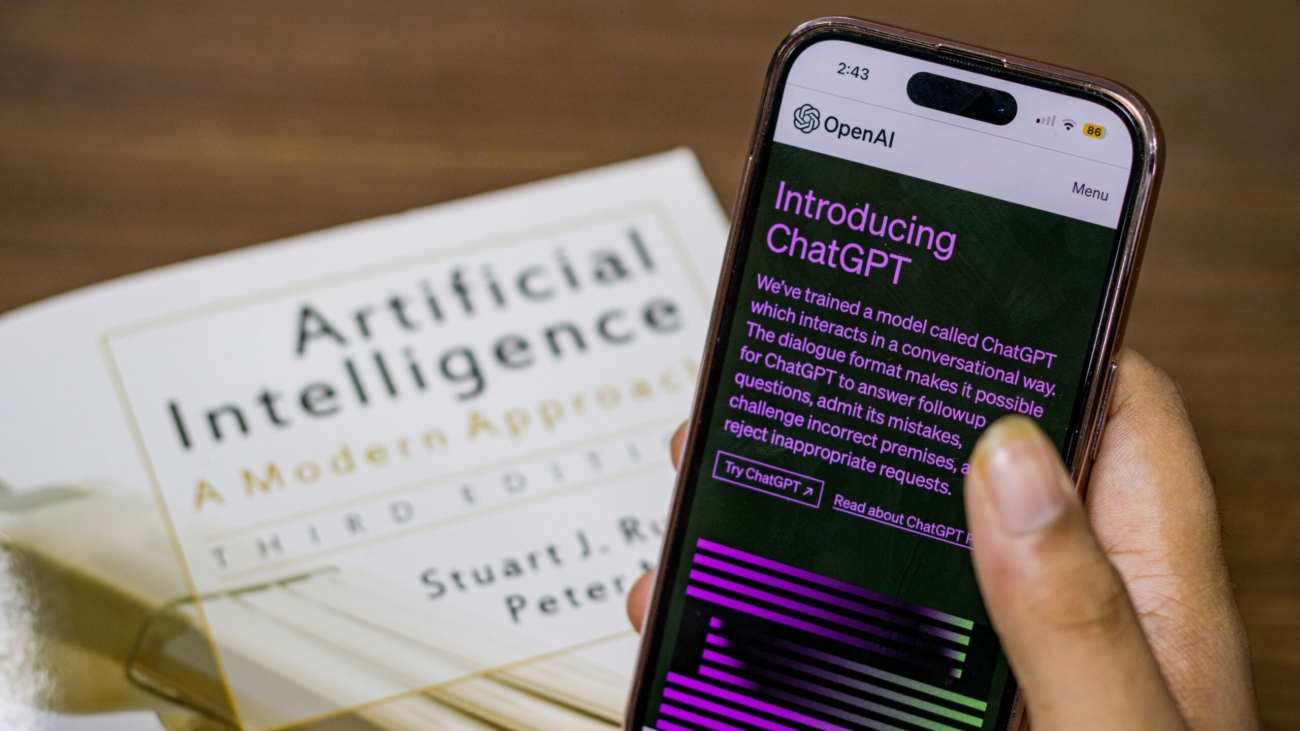Artificial Intelligence is revolutionising the world to such an extent that many sectors are considering it as an option in the not-too-distant future when it comes to people in the workforce. In fact, talking with AI chatbots has become common in many companies and services for some time now.
An AI chatbot is a robot capable of talking to customers, almost as if it were human. The online chatbot’s ability to provide quick responses, automate repetitive tasks, and personalise customer interactions has made it a very popular tool.
To give you an idea, according to an Accenture study, 43% of organisations report that their competitors are already implementing chatbots. The same study disclosed that 91% of companies that implemented AI chatbots expect to see a return on investment (ROI) of 1x to 5x in the first 12 months. Moreover, implementing chatbots as a customer service resource entails certain advantages.
Advantages of using Artificial Intelligence chatbots
- They reduce the burden of repetitive tasks on agents and improve user satisfaction.
- They offer 24/7 support.
- Multitasking ability.
- Increased productivity.
- Personalised attention.
- Improved internal communication based on data.
But how is an AI chatbot configured? First, it is important to identify key problems, establish the context, design a workflow, and personalise messages. Optimisation will come later, with interaction in real situations.

Creating AI chatbots
Do not worry if you are not very familiar with the technology. Many conversational solutions providers have ready-to-use AI chatbots. On the other hand, if you already have additional experience, you can completely adapt the online chatbot to your needs.
Whatever your case may be, it is important to follow a five-step flow:
- Identify the problems you want to solve: What questions do customers ask the most? At what time? Through which channel? You need this information to configure your AI chatbot.
- Establish the necessary context level: How much and what types of data does the AI chatbot need to answer these questions? Are they updated? What type of access or integration does the AI chatbot need to fully function?
- Design the conversational flow between chatbots and agents: If a customer has a more complicated request, how will the conversation be transferred to a human agent? What are the criteria for distributing demand among the team?
- Write personalised messages: When a customer uses your AI chatbot, how do you make them feel special? Will the AI chatbot greet the person by their name?
- Optimise the chatbot based on interactions: After a few weeks of using the online chatbot, what went well? What can be improved?
Always talk intelligently
If you thought a chatbot was great, imagine a chatbot integrated with artificial intelligence. As you have seen, it is very easy to have an artificial intelligence bot. It is also incredibly useful, since its help means you can be certain that your customers are being assisted as well as possible. These tools facilitate the company’s work and customers are much happier.
Improve the experience of customers and their relationship with your company with a spectacular assistant that is efficient and available 24/7.


